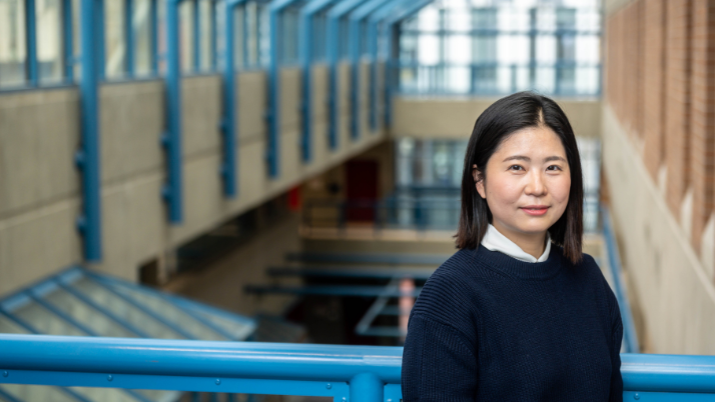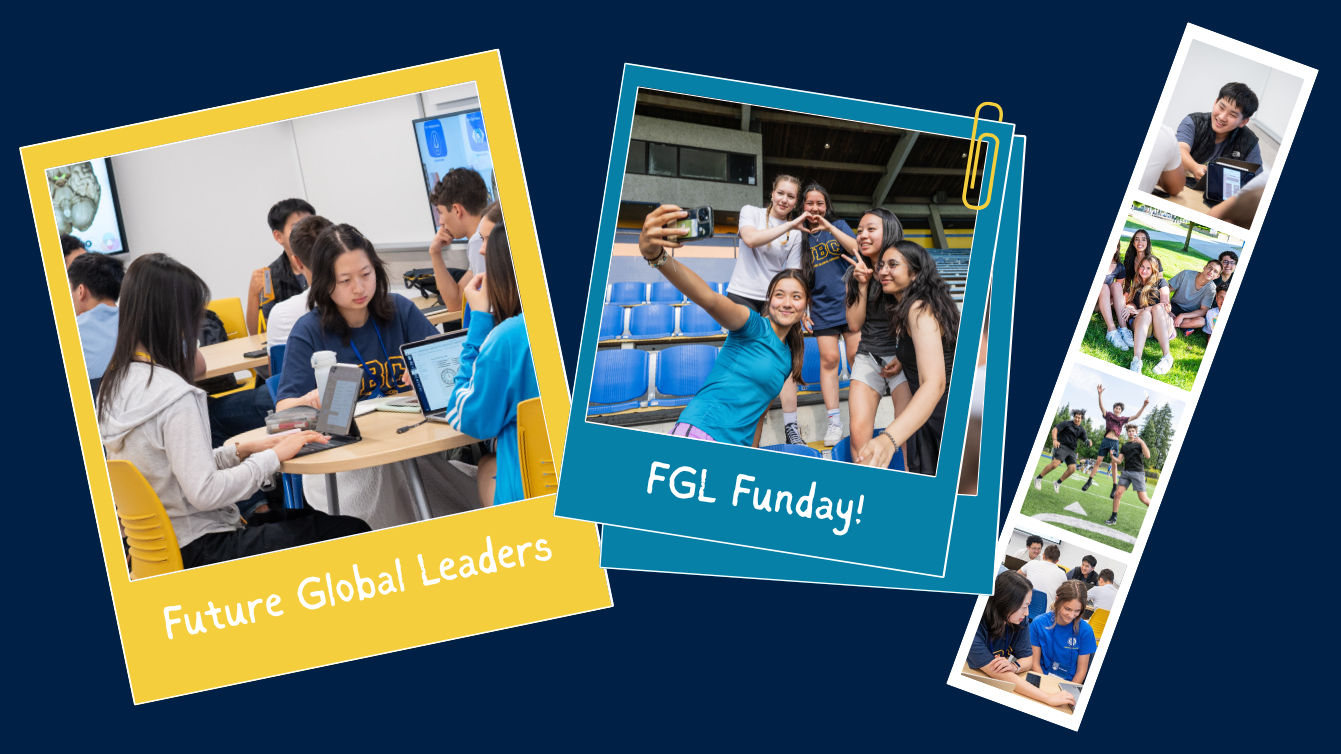

Dr. Hee Yeon Im
Meet Dr. Hee-Yeon Im, an assistant professor in the department of psychology at UBC. Dr. Im joined UBC Psychology in 2020 as an affiliated faculty member before being appointed assistant professor in 2024. Dr. Im is also an investigator with BC Children’s Hospital, a member of the Djavad Mowafaghian Centre for Brain Health, and PI of the Interactive Mind and Movement Lab.
Using behavioural measurements and neuroimaging methods in adults and children, Dr. Im aims to understand how we see and interact with the world around us.
“The big idea we explore is that our brain constantly reconstructs and internalizes information from the external world to keep us ready to move.”
Dr. Im joins us for a Q&A where we learn more about her research program, new research she’s excited about, her motto—and what she does outside of the lab and classroom.
As one of our newest faculty members, can you tell us a little about yourself?
I am Hee-Yeon Im (first name “희연” pronounced /hee-yon/, last name “임” pronounced /eem/). I am an assistant professor in UBC Psychology, cognitive neuroscience researcher, neuroimager, PI of the Interactive Mind and Movement Lab (IMM Lab), proud mentor and teacher of so many amazing students in the lab and classes here at UBC, not-so-tiger-mom of a teenage bilingual girl, wife of a Bayesian biostatistician. I am a fan of various types of art, ranging from impressionism/post-impressionism to American sitcoms, musicals, Japanese anime, and (old-school) K-pop. I was born and raised in Seoul, Korea. Since I moved to Vancouver in 2020 (after 12 years of PhD/postdoctoral training in the east coastal cities of the US), my favourite healing spot of all has been the Bow River in AB, Canada.
What kinds of questions do you try to answer through your research?
My lab aims to understand how we see and interact with the world around us. The visual world we live in is not only complex but constantly changing. At every moment, our brain needs to perform demanding tasks (which any existing fancy machine cannot do better yet!), receiving, organizing, and giving meaning to the excessive flow of visual input to guide actions and decisions. We ask how the brain manages this feat to keep our movement interactive, flexible, safe, and task-relevant in dynamic environments. The big idea we explore is that our brain constantly reconstructs and internalizes information from the external world to keep us ready to move.
Can you give us an example of this in our daily lives?
One way I like to think about the “action-ready” brain is relevant to almost all everyday objects perceived and recognized as a form of actions that are tightly linked to them (termed affordance), e.g., a chair as an object to “sit on,” a cup handle an object to “grab and hold,” or food an object to “eat.” Some of this appears to require learning through experience, but others are more likely to be somewhat innate or hard-wired (e.g., avoiding angry people). I am interested in exploring both aspects! Another example is that we often perceive the same thing very differently depending on a particular action intention at the moment: When you must run to the washroom, 60 seconds of waiting in front of the red pedestrian traffic light would be perceived as forever.
How did you become interested in this line of research?
During my PhD training, I studied how the human visual system uses various perceptual heuristics to summarize and make sense of complex images. Since then, I have been curious about the purpose of such abilities, motivated by the type of questions functionalists would keep asking. Among many, the two books by György Buzsáki, The Brain from Inside Out and Rhythms of the Brain were very inspiring to me, describing the brain as an active organizer of inner mental processes and creator of meaningful signals to react to the external world.
Can you tell us about any new research that you are particularly excited about?
We have been preparing for this for a couple of years, and now we are getting close to running studies combining fMRI and MEG data collected from the same participants during the same perceptual and motor tasks! The main idea here is to make good use of the complementary strengths of the two neuroimaging techniques- fMRI (able to take precise, high-resolution images) and MEG (able to record fine-grained time series). Many brain parts crucial for action-perception interactions are small, deep inside, and far from the brain’s outer layer, so precisely localizing them using MEG alone is challenging. Moreover, neural processes occur and progress so quickly that fMRI alone cannot disentangle them reliably. This “multimodal neuroimaging” research will allow us to look at neural activity patterns rapidly changing over time (e.g., every millisecond) from more brain areas, including those deep inside the brain and far from the brain’s outer layer. This is important for us for many reasons, but one apparent reason is that we seek to better understand how the brain’s motor system interacts with the visual system and where and when this process can go wrong in people with brain disorders at different stages of their lives.
Do you have a motto?
“Be a rainbow in somebody else’s cloud.”
What do you like to do in your free time?
Getting used to Vancouver’s weather, I have prepared two extremely different modes of spending free time: I go outside biking and hiking whenever it is sunny. When there is no sunshine, I binge-watch Korean comedy shows on my couch.


